Okay folks I am trying to gt my "natural light" techiniques honed. I have a DC 800. Any pointers on what I am doing wrong? The pictures "Morrisons" were taken in a spring about 15-20 ft deep. They seem to have too much blue.
The others ("Panama City") are in saltwater about 65 ft deep.
What am I doing wrong here?
Thanks,
DiveLvr
The others ("Panama City") are in saltwater about 65 ft deep.
What am I doing wrong here?
Thanks,
DiveLvr
Attachments
-
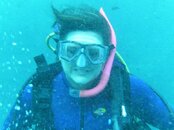 Morrisons_080711 118.jpg34.3 KB · Views: 142
Morrisons_080711 118.jpg34.3 KB · Views: 142 -
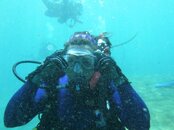 Morrisons_080711 110.jpg35.1 KB · Views: 128
Morrisons_080711 110.jpg35.1 KB · Views: 128 -
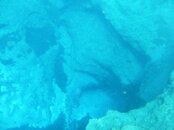 Morrisons_080711 154.jpg24.3 KB · Views: 101
Morrisons_080711 154.jpg24.3 KB · Views: 101 -
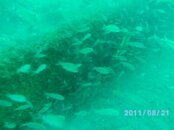 Panama City Dive Trip_1.0 023.jpg25.8 KB · Views: 121
Panama City Dive Trip_1.0 023.jpg25.8 KB · Views: 121 -
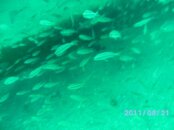 Panama City Dive Trip_1.0 027.jpg24.5 KB · Views: 83
Panama City Dive Trip_1.0 027.jpg24.5 KB · Views: 83 -
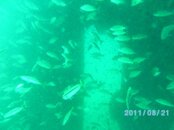 Panama City Dive Trip_1.0 096.jpg25.4 KB · Views: 87
Panama City Dive Trip_1.0 096.jpg25.4 KB · Views: 87 -
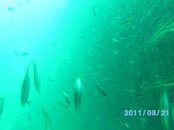 Panama City Dive Trip_1.0 095.jpg20.6 KB · Views: 83
Panama City Dive Trip_1.0 095.jpg20.6 KB · Views: 83




